Posted this in the squad forums, but thought it might be good material for everyone since I hear a lot of complaints about about people dying to Head On passes. It's my explanation on how to always successfully avoid the HO shot.
To avoid a HO pass what you want to do is create HORIZONTAL and VERTICAL separation from your attacker. You do not want to put your nose on him, but instead put it off to his side, below/above him, or (best positioning) off his side AND below/above. You want to set yourself up to get into a part of the airspace that he can not get guns to. You don't (ever) want to fly into your opponents guns unless you're making a Head On Shot that you know without a doubt that you will win. Like a Mossi versus a Zeke. (But even then, it only takes 1 lucky bullet to kill the pilot, so use extreme caution in Head On passes).
Here we have an enemy P-51 making a Head On pass with us. There is no horizontal separation (nor any vertical either) so the P-51 has an easy time putting guns on us.
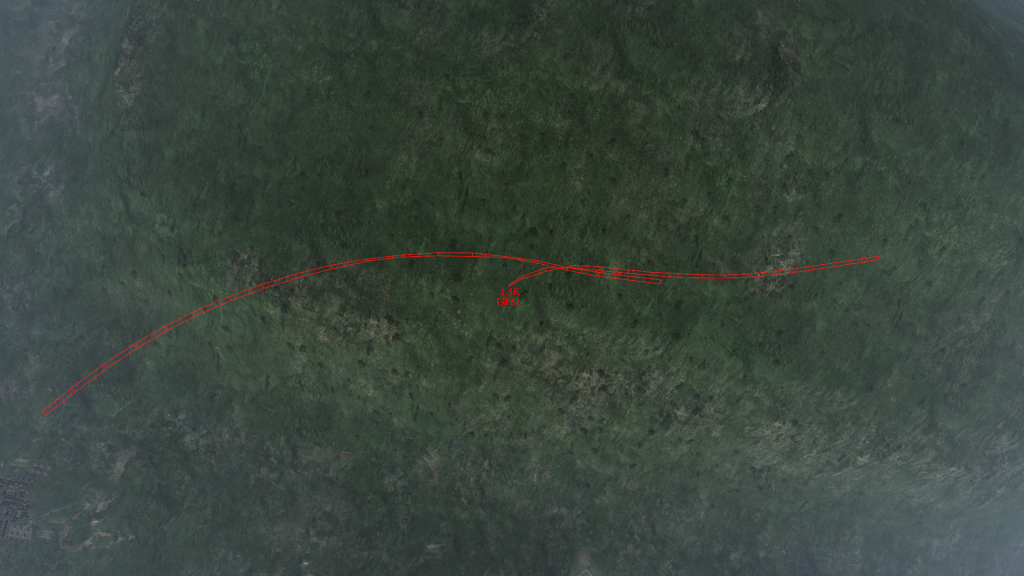
Let's take this one step at a time and start with HORIZONTAL separation. Here is our current path flying nose to nose with the P-51.
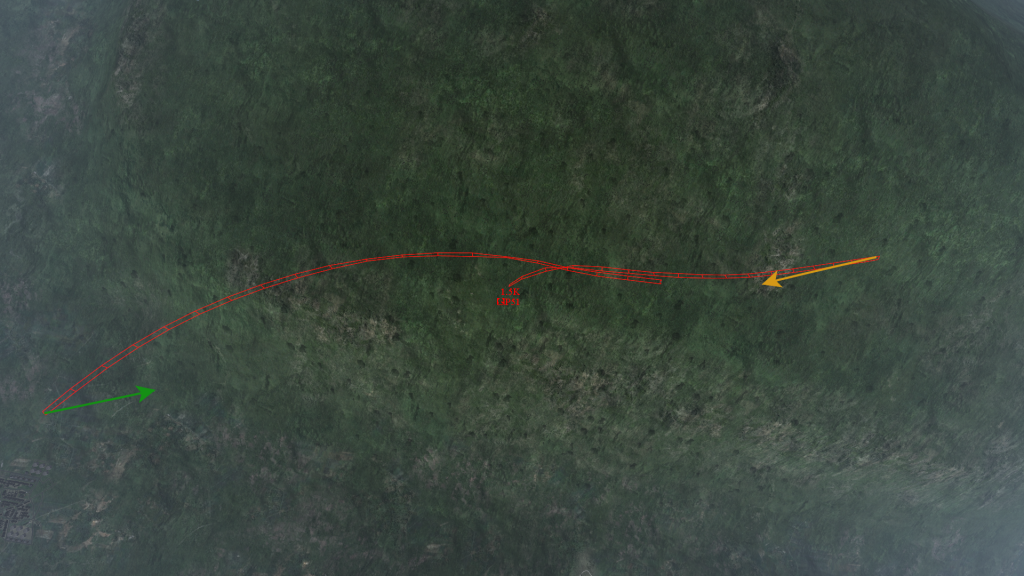
If we continue this flight path then obviously the P-51 will have guns on us.
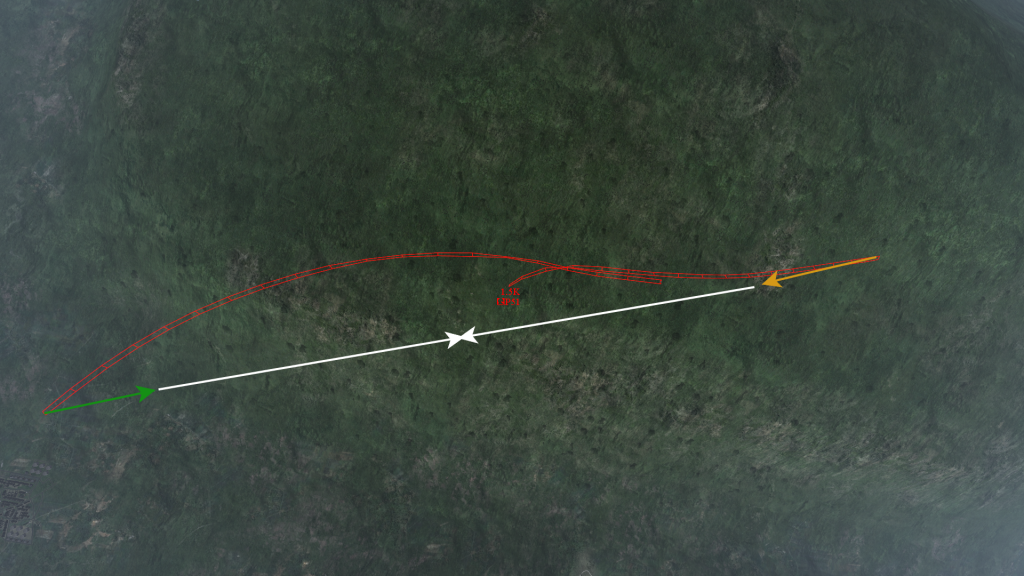
We need to create some horizontal separation from this P-51, and we do that by banking to the left or right of him. Not a full turn or even 90 degrees. Usually 20-30 degrees is enough to create the horizontal separation we need.
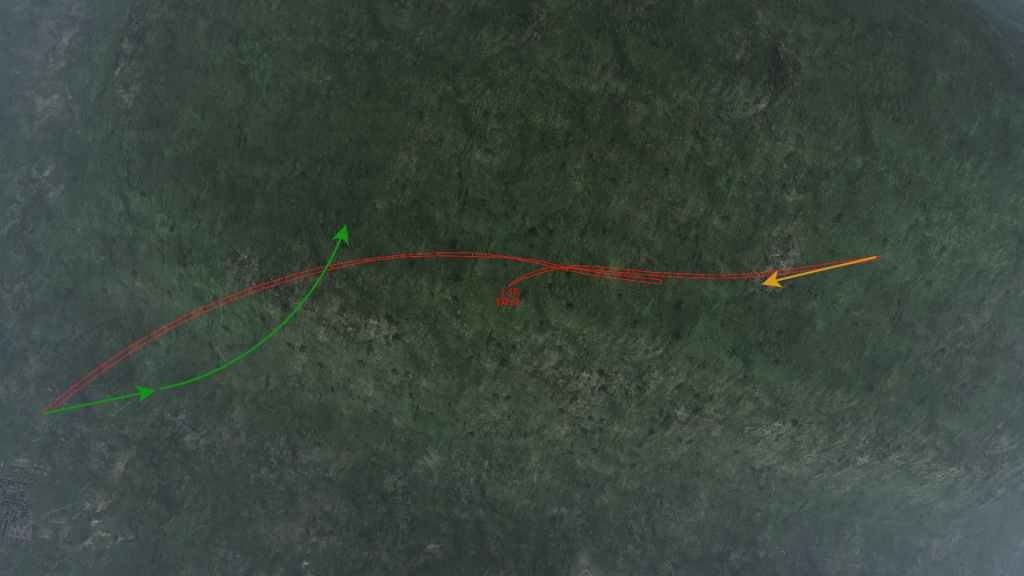
This simple turn completely changes the angle for the P-51. We are no longer in his guns (for this brief moment anyways). The P-51 has to change his flight path in order to pull lead on us and get a shot. This also no longer puts us nose to nose with the P-51. He's now in our 1-2 o'clock area. The P-51 will turn into our turn and 1 of 2 things will happen.

Either 1: You timed your turn just right and you will be past the P-51 before he has time to correct his flight path and pull lead...
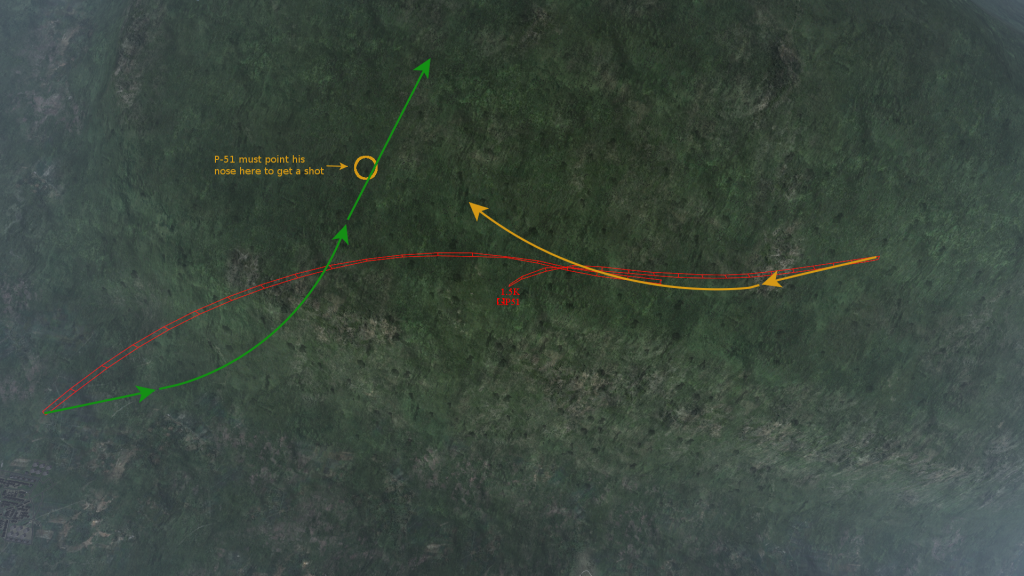
If the P-51 tries to make the turn then he will overshoot and you will be in a good position to reverse your turn and instantly go on the attack.
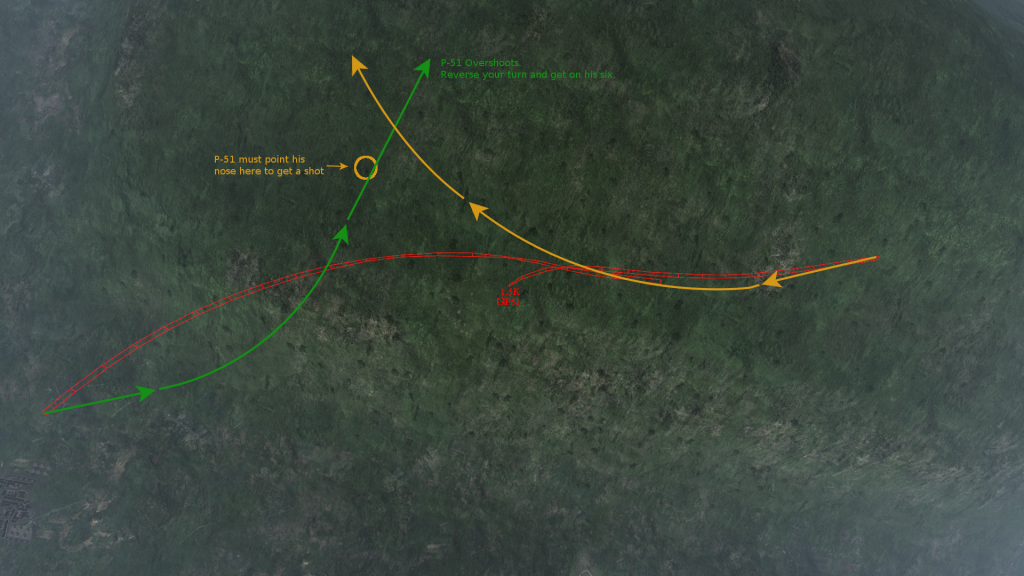
OR 2: The P-51 has time to correct his flight path and starts to pull lead lead on you. In this case you really do not want to try and tighten your turn anymore since this will expose your 6 to the P-51 (If he has time to correct his flight path then he obviously hasn't overshot yet. A tighter turn just puts you in his gunsight.) What you want to do in this case is reverse your turn. We have created a small horizontal problem for the P-51 with our first turn by putting him off our 1-2 o'clock instead of our 12. Reversing our turn completely changes the angle on the P-51 in the opposite direction.
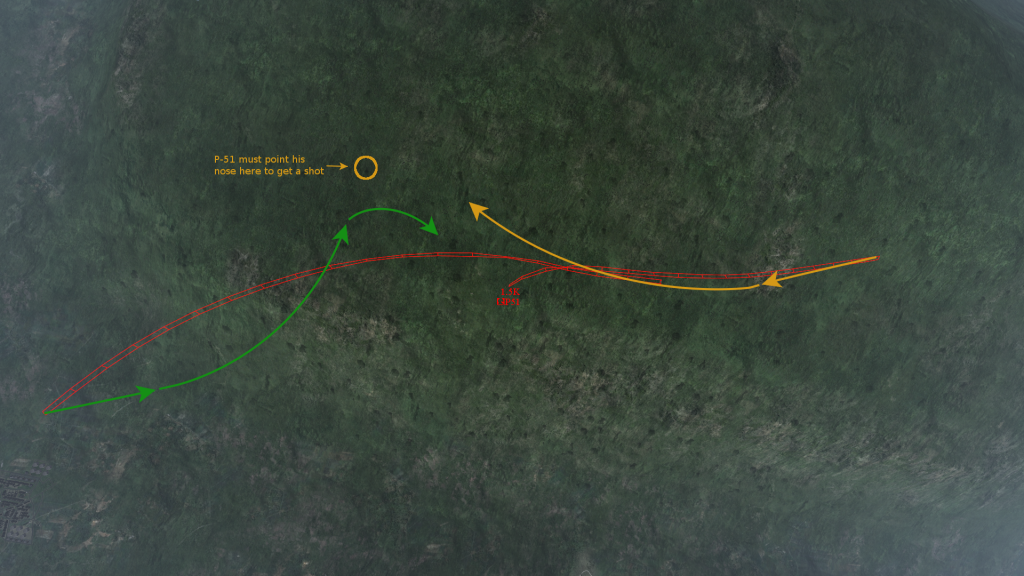
The P-51 will have to roll back the other way and pull a lot of G's to even have a hope of getting even a short shot at us. Take a look at where the P-51 has to aim when we broke left, and then look how far in the other direction he has to aim when we simply reverse our turn. What was a shot on his 12 o'clock is now off to his 9 o'clock. The closure rate in a Head On pass and the distant between the two planes by this point means the P-51 will never make that turn. This is how to set yourself up to get to a part of the airspace that your opponent can't shoot at.
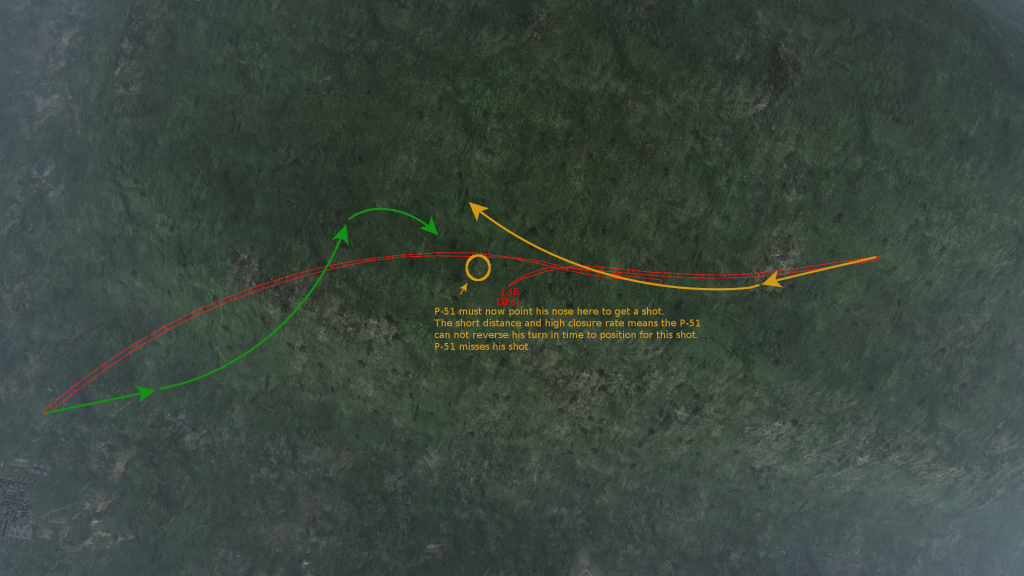
Of course, a plane isn't limited to horizontal moves. We have the vertical to exploit these little angles with as well. Just like how we can go left or right in the horizontal, we can also go up or down in the vertical. In this diagram we go nose down to put the angle below the P-51. The P-51 sees this and noses down too to try and get his shot. Now we're creating angles! We are no longer nose to nose, but the P-51 nosing down has put us back in his guns, so we'll nose down some more and create and even sharper angle for him. The P-51 has to push his nose down even farther to get a shot and this creates an even sharper angle than before. As the P-51 is diving steeper to get a shot and gets close to guns range (600-400 icon range) we pull back on the stick and go from a dive to a climb. This drastically changes the point where the P-51 has to aim to land hits. Look at where he has to aim from points 2-3. At point 2 he has corrected his attack run against our slight dive and has guns on us, BUT we have started creating angles. At point 2.5 as we steepen our dive and pass below the P-51 we can see the point of aim for the P-51 is getting farther and farther behind his flight path. So, he has to dive steeper and steeper in order to pull lead on us. We wait until he gets close to guns range and then we pull back on the stick, changing from a dive to a climb and this dramatically changes the point of aim for the P-51 from a steep angle below him to nearly right behind him. There is no physical way for the P-51 to pull his aircraft around tight enough to get that shot.

These images are far from accurate scaling but hopefully you get what I was getting at.
This is just one example both horizontal and vertical separation. Vertically, instead of going into a dive, we could have gone into a climb and done the same thing as we did in a dive... just in a climb. Or, at point 2 of our dive we could have reversed our dive into a climb at that point and change the angle there. It all really depends on the situation and what you feel will bring you the greatest success. Whatever you choose to do though, it's alwasy best to create vertical AND horizontal separation from your opponent if at all possible. This give your opponent 2 angles to deal with and all the problems that come with them.